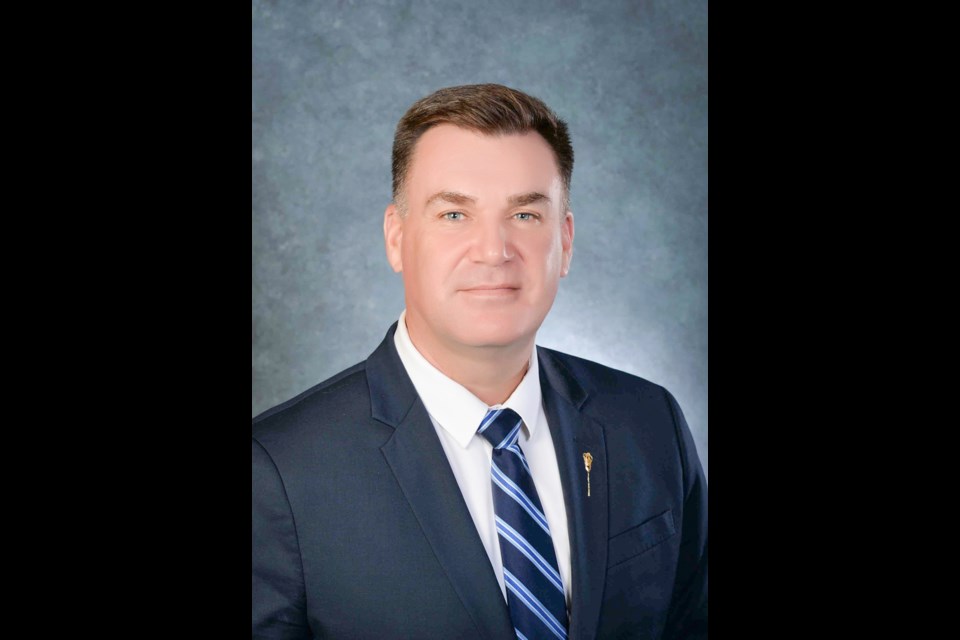Two MLAs for southeast Saskatchewan are pleased with the contents of the provincial budget released last week.
Revenue is forecasted at $14.5 billion in 2021-22, with most revenue categories forecast to increase compared to the latest 2020-21 fiscal year forecast. Expense of $17.1 billion is projected, an increase of $1.0 billion compared to last year's document.
Cannington MLA Daryl Harrison and Moosomin MLA Steven Bonk said the budget will have an impact for people throughout the province.
Harrison said the home renovation tax credit will be available for people looking to update their homes, while the small business tax being reduced to zero will be a plus.
“The healthcare budget overall has been the biggest line item in the budget for years, and it continues to be so,” said Harrison. “Investing in healthcare, mental health and addictions, those are big pluses for southeast Saskatchewan and across the province.”
The oil and gas sector will benefit from methane emissions reduction projects.
“The reduction in the … royalties for the high water-cut wells was a big plus to local producers,” said Harrison.
This was the first budget since Harrison was elected as an MLA for the first time last October. He said it’s a fairly lengthy process, and a lot of information is gathered in the months prior to the document’s release.
“The finance minister and all of her team certainly put a lot of time and effort into it, and as the Sask. Party government, we don’t like having a deficit budget, but when we need to, we have, and we certainly look forward to the day we can have a balanced budget and reduce debt,” said Harrison.
As for Bonk, he said lowering business taxes for every small business in the province will help them to recover from the pandemic and enable them to retain and hire more workers. The amount which small businesses can earn at the small business tax rate is $600,000, the highest threshold in Canada.
These tax reductions will benefit about 31,000 incorporated Saskatchewan small businesses, he said, saving them more than $150 million in provincial taxes over the three years of the program, for an average savings of more than $6,100 per Saskatchewan small business.
“Small businesses are a key driver of the Saskatchewan economy, employing nearly 150,000 Saskatchewan workers. Lowering taxes for small businesses at this time will help sustain this vital sector of the economy,” Bonk said.
As for a new tax on electric vehicles, the purpose of this fee is to accommodate fairness, he said. Electric vehicles contribute to wear and tear on the provincial road system, but since they do not consume traditional fuels, drivers of electric vehicles do not contribute to the maintenance and repair of provincial highways and roads through the Fuel Tax, which is the way drivers of vehicles using traditional fuels contribute.
At $150 per year, the fee is not expected to significantly increase the cost of ownership for electric vehicle drivers and was arrived at based on an estimate of what an average fuel-using vehicle contributes annually in fuel tax. Drivers of vehicles that use traditional fuels contributed almost $454 million of road use fuel tax revenues to help fund nearly $616 million of provincial transportation expense, including highway and road infrastructure expense, in 2019-20 according to Public Accounts.
There will be record spending in the health sector, as health accounts for 38.2 per cent of the government total expenses.
The 2021-22 Budget protects Saskatchewan people through the pandemic, Bonk said, with direct funding to fight COVID-19 and record levels of investment into health care, education, social services and assistance and protection of persons and property.
“It builds, through $3.1 billion in capital investments to help our economy and create jobs. It will grow Saskatchewan through key investments and incentives and will keep life affordable for Saskatchewan people.”
The government does forecast a deficit of $2.6 billion for 2021-22 but they also see our fiscal path steadily improving as our economy recovers and grows in the coming years, with smaller projected deficits of $1.7 billion in 2022-23, $1.2 billion in 2023-24 and $770 million in 2024 -25. A return to balance is forecast in 2026-27. The 2021-22 budget protects, builds and grows Saskatchewan and charts a clear course for our province through the remainder of the pandemic and into the strong economic and fiscal recovery that will follow.
He also believes the $1.7 million for the Community Rink Affordability Grant, delivered in $2,500 increments to assist with minor COVID-related capital upgrades and operating costs in periods of reduced revenue , will be enough to cover operating grants during COVID. It will provide assistance alongside the recently announced SaskPower rink utility rebate.



